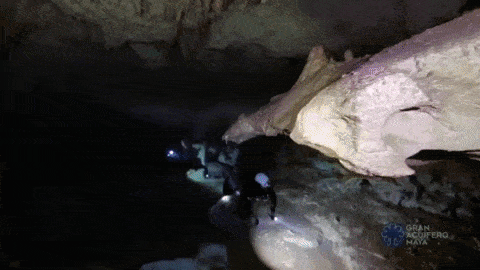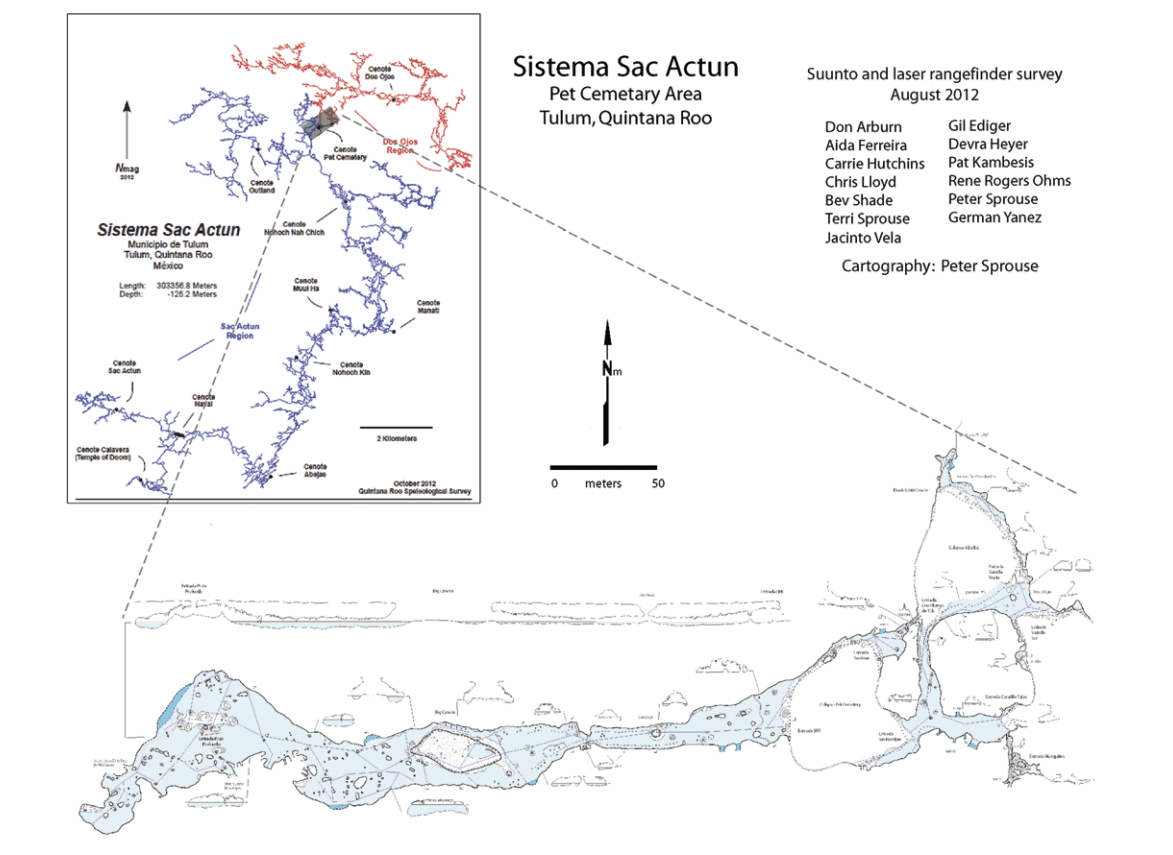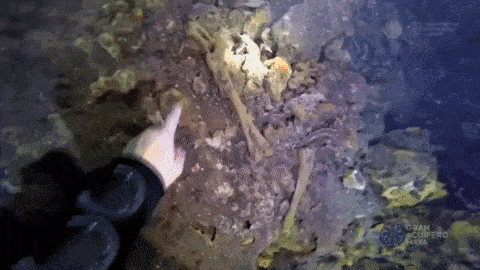Not far from the beach resort of Tulum, Mexico, lies a cave system called Sac Actun — this may be the largest flooded cave in the world. The discovery was made by a team of divers who found a connection between two underwater caverns in eastern Mexico.

Previously, Sac Actun was measured at 263 km but now, researchers working with the Gran Acuifero Maya (GAM) — a project concerned with preserving subterranean waters in the Yucatan peninsula — say the cave system communicates with the 83-km-long Dos Ojos system. This would make the entire system a unitary 347-km-long (216-mile) cave.
The connection between the two cave systems was identified after speleologists spent months navigating the intricate maze of underwater channels.
Like the vast majority of the planet’s cave systems, Sac Actun lies in limestone rocks. This karst setting occurs when acidic water starts to break down the surface of bedrock, causing cracks and fissures. In time, these fissures start getting bigger and bigger, until they create sinkholes or caves. It’s amazing to think about it, but these incredible features were created by groundwater. Since in the Yucatan area, where the Sac Actun system is located, groundwater is portrayed as flowing in underground rivers, caves also tend to be quite lengthy.

GAM researchers underscore the importance of the finding in relation to the cultural heritage of the Maya civilization that dominated the area before the Spanish conquest.

Many people are aware of the famous Mayan pyramids and other cultural landmarks. It’s a lesser known fact that the Mayan cities in which these relics were built drew upon an extensive network of sinkholes linked to subterranean waters known as cenotes. Some of these cenotes are known to have acquired a religious significance to the Maya, as well as their descendants.
“It allows us to appreciate much more clearly how the rituals, the pilgrimage sites and ultimately the great pre-Hispanic settlements that we know emerged,” Guillermo de Anda, director and underwater archaeologist on the Gran Acuifero Maya team, told Reuters.






